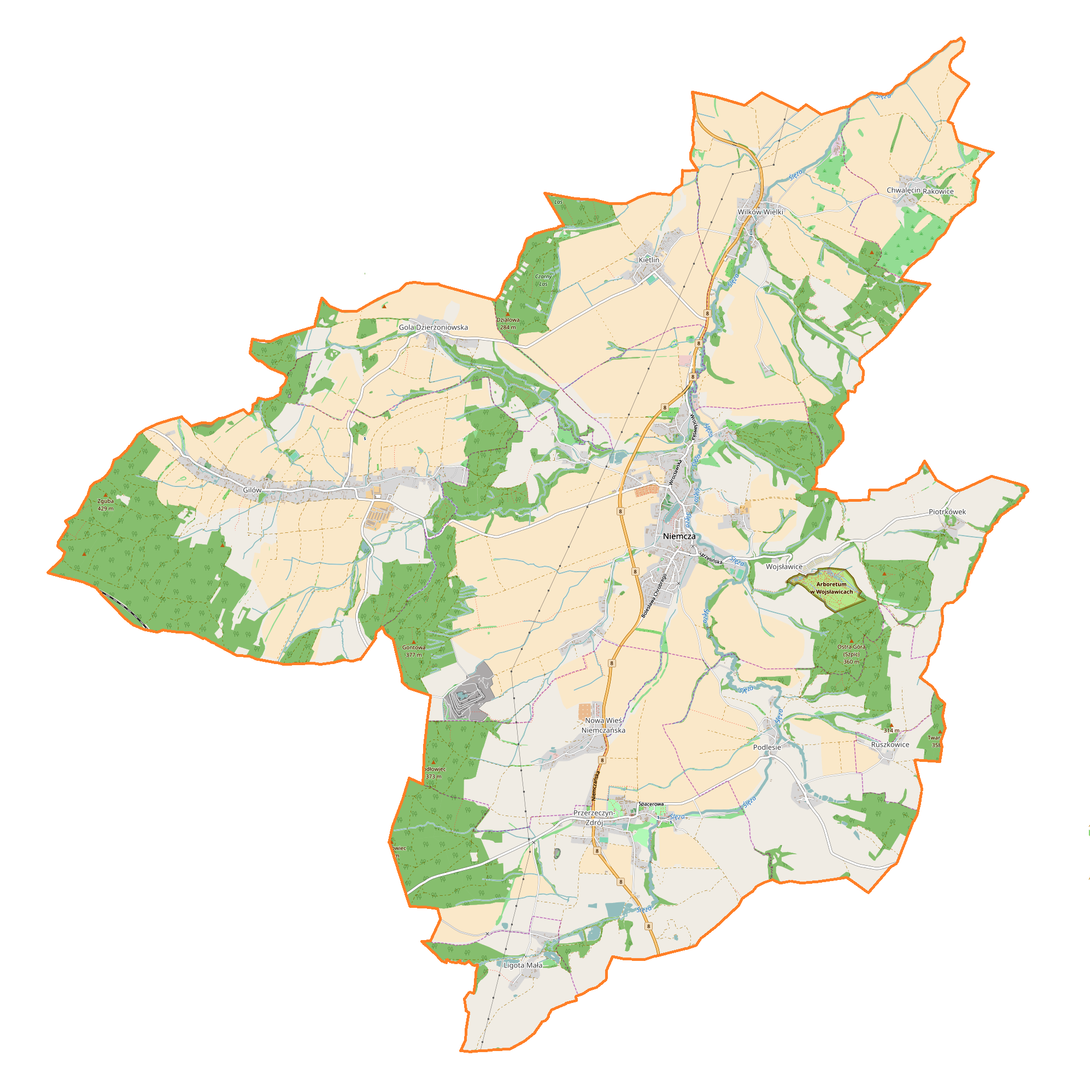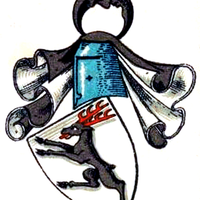Niemcza
6.09

Overview
The Niemcza Commune, located in the Lower Silesian Voivodeship within Dzierżoniów County, is an urban-rural municipality with a rich history and attractive architectural features. Its seat is the town of Niemcza, and within its boundaries, several villages can be found, such as Chwalęcin, Gilów, and Gola Dzierżoniowska. The commune covers an area of 72.07 km², of which 70% is agricultural land and 21% is forested. Niemcza became a socially and culturally active municipality after the administrative changes in 1975, when it was incorporated into the Wałbrzych Voivodeship. In 2015, the commune had a population of 5,699, and according to 2020 data, the number of inhabitants dropped to 5,450, which may indicate certain demographic trends in the region.
Among the commune's historical landmarks, the Castle in Gola Dzierżoniowska stands out. Its ruins are remnants of a Renaissance manor built in 1580. The castle is characterized by an elaborate portal and sgraffito decorations on its façade, making it an interesting site for history and architecture enthusiasts. Additionally, the Church of St. Adalbert, a Roman Catholic cemetery church, plays a significant role in the cultural and religious life of the commune's residents. With its diverse terrain and historical buildings, the Niemcza Commune is an important part of the Lower Silesian region, attracting both tourists and those interested in local history. An interesting fact is that the commune constitutes 15.05% of the area of Dzierżoniów County, highlighting its importance in the context of local administration and spatial management. Its demographic diversity and the presence of various villages give the commune a unique character, while its history and architecture make it an intriguing place to explore.
Location
You can also find here:
2025 Wizytor | All Rights Reserved


